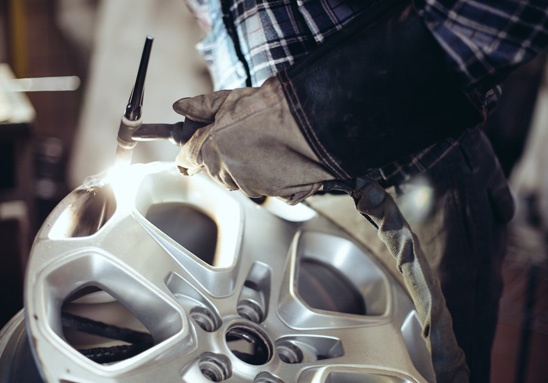Understanding Automatic Transmission Oil Seal Functions and Maintenance Tips for Longevity
Understanding Automatic Transmission Oil Seals Importance, Types, and Maintenance
Automatic transmission oil seals play a crucial role in vehicle performance, especially in maintaining the efficiency and reliability of the transmission system. These seals are designed to prevent fluid leaks, ensuring that the transmission operates smoothly without losing necessary lubricants. In this article, we will explore the importance of transmission oil seals, the various types available, and how to maintain them for optimum performance.
The Importance of Automatic Transmission Oil Seals
The primary function of automatic transmission oil seals is to contain transmission fluid within the system. Transmission fluid is vital for lubrication, cooling, and the smooth operation of the transmission components. When oil seals are functioning correctly, they help to avoid leaks that could lead to low fluid levels, resulting in poor shifting performance, overheating, and even serious mechanical failures.
In addition to their leak prevention capabilities, oil seals also contribute to the overall efficiency of the vehicle. By ensuring that the fluid remains contained within the transmission, these seals help maintain consistent pressure throughout the system, which is essential for optimal gear shifting. Furthermore, well-maintained seals reduce the risk of contamination from dirt and debris, safeguarding the internal components of the transmission.
Types of Automatic Transmission Oil Seals
There are several types of oil seals tailored for automatic transmissions, each designed for specific applications and performance characteristics. Below are some common types
1. Radial Lip Seals These are the most frequently used oil seals in automatic transmissions. They consist of a flexible lip that creates a tight seal against rotating shafts, preventing fluid leakage while accommodating minor shaft movements.
2. Torque Converter Seals Located within the torque converter, these seals prevent fluid from escaping as the converter transfers power from the engine to the transmission. They are critical for maintaining the integrity of the transmission system.
3. Input and Output Shaft Seals These seals are placed at the points where the transmission connects to the engine and driveshaft. They are essential in preventing fluid leaks at these critical junctions.
automatic transmission oil seal

4. Pan Gaskets and Seals These seals are used to prevent leaks from the transmission pan. They ensure that the fluid remains contained within the transmission, safeguarding its performance.
Maintenance of Automatic Transmission Oil Seals
Maintaining the health of automatic transmission oil seals is essential for the longevity and performance of the transmission system. Here are some tips for ensuring that your oil seals remain in good condition
1. Regular Fluid Checks Periodically check the transmission fluid level and condition. Low fluid levels or dirty fluid can indicate a seal issue. If you notice discoloration or a burnt smell, it may be time for a fluid change.
2. Visual Inspections Conduct regular visual inspections under your vehicle to check for any signs of transmission fluid leaks. Common indicators include puddles or stains beneath the vehicle.
3. Professional Maintenance Consider having your transmission system inspected by a qualified technician during routine maintenance. They can identify potential seal issues early on, preventing more significant problems later.
4. Avoid Overheating Excessive heat can damage seals over time. Make sure your transmission cooling system is functioning properly to avoid overheating, which can lead to seal degradation.
5. Use Quality Fluids Always use the recommended type of transmission fluid for your vehicle. High-quality fluids can help in maintaining the seals and overall transmission performance.
Conclusion
Automatic transmission oil seals are a vital component in the transmission system, directly impacting vehicle performance and reliability. Understanding their function, types, and maintenance requirements can help vehicle owners ensure a smoother driving experience and extend the life of their transmission. Regular checks and maintenance practices will not only prevent issues but also provide peace of mind while driving. By taking care of these crucial components, you can keep your vehicle running smoothly for years to come.
-
Understanding the Front Main Engine Seal: Purpose, Maintenance, and Installation
News Jul.29,2025
-
Understanding O-Rings and Seal Rings: Types, Applications, and Custom Solutions
News Jul.29,2025
-
Understanding Crankshaft Oil Seals: Rear Seals, Pulley Seals, and Their Role in Engine Integrity
News Jul.29,2025
-
The Importance of Front and Rear Crankshaft Seals in Engine Performance and Oil Management
News Jul.29,2025
-
Crank Oil Seals: Functions, Types, and Cost Considerations in Engine Maintenance
News Jul.29,2025
-
A Comprehensive Guide to O-Rings and Seals: Types, Materials, and Global Applications
News Jul.29,2025
-
Mastering Diesel and Performance Engine Maintenance: A Guide to Critical Oil Gaskets
News Jul.28,2025
Products categories















